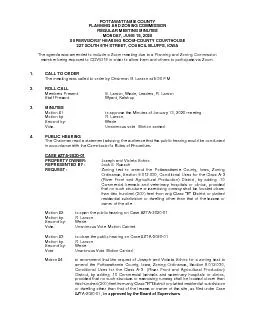PPT-Jesse Larson ( jrlarson@ualberta.ca
Author : myesha-ticknor | Published Date : 2020-01-25
Jesse Larson jrlarsonualbertaca IR Communication Jing Lu jlu9ualbertaca Stepper Motors Qingqing Liu qliu6ualbertaca C code G1 Duckhunt Alarm Clock The Motivation
Presentation Embed Code
Download Presentation
Download Presentation The PPT/PDF document "Jesse Larson ( jrlarson@ualberta.ca" is the property of its rightful owner. Permission is granted to download and print the materials on this website for personal, non-commercial use only, and to display it on your personal computer provided you do not modify the materials and that you retain all copyright notices contained in the materials. By downloading content from our website, you accept the terms of this agreement.
Jesse Larson ( jrlarson@ualberta.ca: Transcript
Download Rules Of Document
"Jesse Larson ( jrlarson@ualberta.ca"The content belongs to its owner. You may download and print it for personal use, without modification, and keep all copyright notices. By downloading, you agree to these terms.
Related Documents














